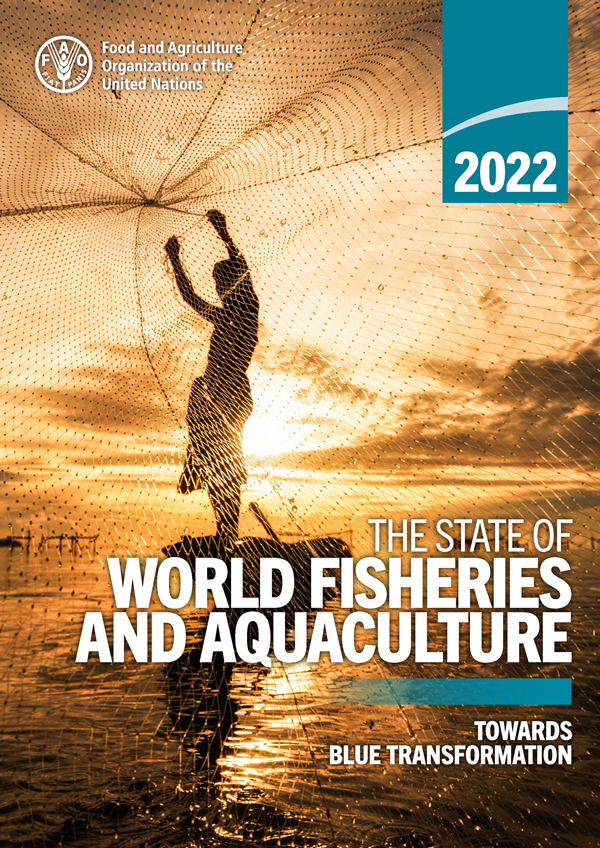Towards Blue Transformation
A vision for transforming aquatic food systems
What does the ideal aquatic food system look like?
For starters, it would be able to provide sufficient aquatic food for our growing population
in a sustainable way.
It would contribute to improving the rights and incomes of communities that are dependent on
fisheries and aquaculture and help to achieve equitable livelihoods.
The perfect aquatic food system would also be resilient to human and environmental shocks,
including climate change.
Achieving this vision is possible, and necessary.
Let’s see why we need to transform our aquatic food systems and how we can make it happen.
Firstly, why do we need a blue transformation?
Whether they come from inland sources like rivers and lakes or the ocean, fish and other aquatic
animals play a crucial role in global food security and nutrition.
Yet, the production and distribution of aquatic foods faces many challenges.
Strategies to deliver healthy, sustainable and equitable food systems need to adequately deal with
overfishing and other unsustainable practices, unequal access to resources and markets, and the
environmental impacts of aquatic food production.
Aquatic food production is forecast to increase by a further 15% by 2030. Such growth is necessary to
provide a growing population with healthy and nutritious foods. It also needs to be environmental,
social and economically sustainable, while minimizing ecosystem impacts, ensuring social equality
and responding to the consequences of climate change.
To achieve this, we require a transformation of our aquatic food systems.
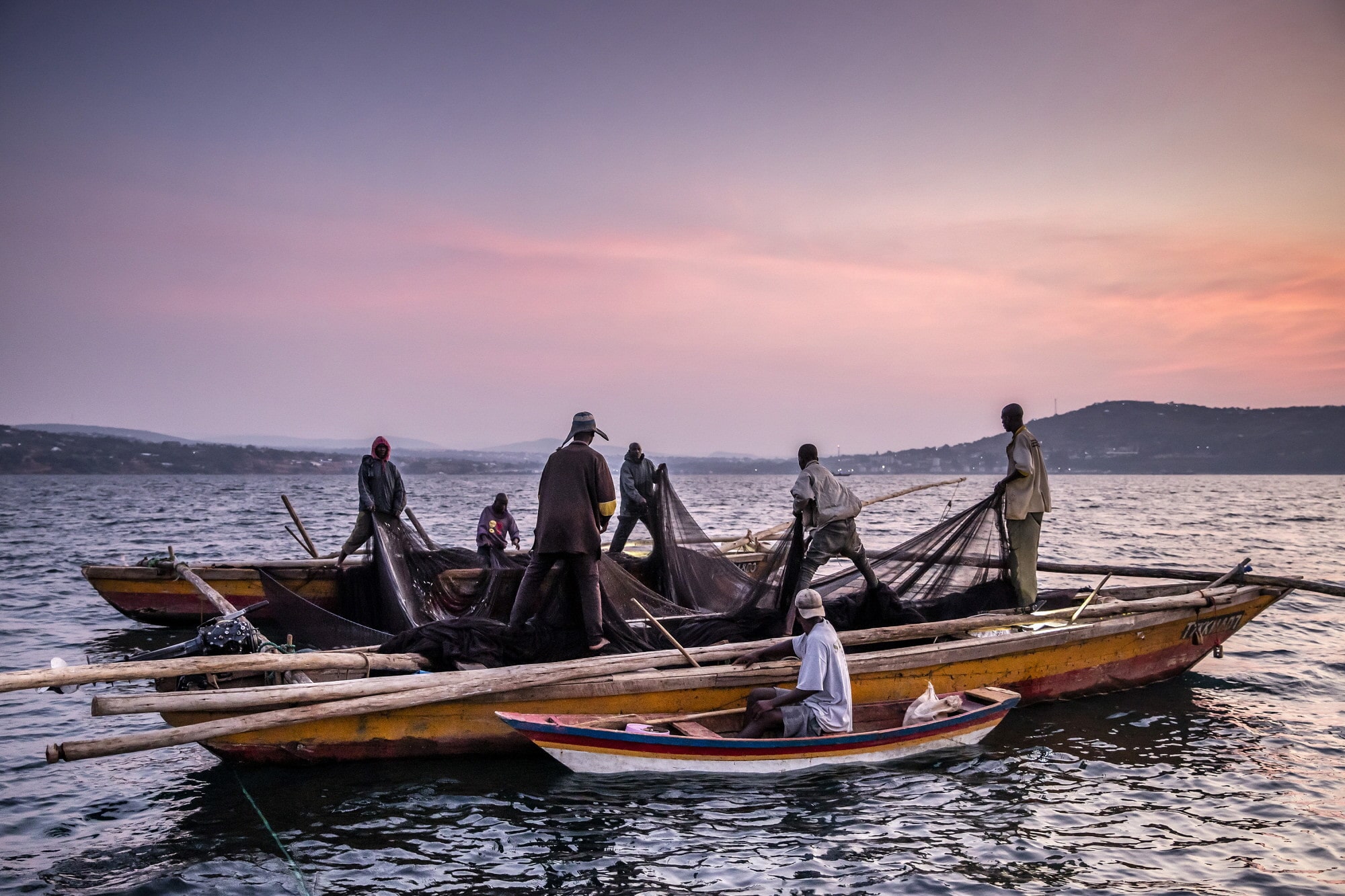
©FAO/Luis Tato
To move forward, we need to know where we stand
Before we can successfully transform our aquatic food systems, we need to know the current state of
global fisheries and aquaculture.
So, at a glance, how do things currently look?
Total fisheries and aquaculture production reached an all-time record of 214 million tonnes in
2020, comprising:
178
million tonnes
of aquatic animals
36
million tonnes
(wet weight) of algae
The production of aquatic animals represents a growth of 0.2 percent compared with 2019 and a drop of
0.6 percent compared with the previous record production of 2018. This was due to a 4.4 percent
decline in capture fisheries in 2019 compared with 2018, and a further 2 percent decrease in 2020,
caused by the impacts of the COVID-19 pandemic and other factors. Nevertheless, capture fisheries
remains globally stable and the 2020 total is close to the 1995-2020 average annual production.
Despite the decline in capture fisheries, aquaculture continued to demonstrate growth in the last two
years, albeit at a slower yearly rate. As a result, the production of aquatic animals directly used
for human consumption reached 157 million tonnes in 2020, the second highest on record.
World capture fisheries and aquaculture production
- Capture fisheries - inland waters
- Capture fisheries - marine waters
- Aquaculture - inland waters
- Aquaculture - marine waters
NOTE: Excludes aquatic mammals, crocodiles, alligators and caimans,
seaweeds and other algae.
SOURCE: FAO.
Capture fisheries production
In 2020, global capture fisheries production was 90.3 million tonnes – a fall of 4.0 percent compared
with the average over the previous three years.
The decrease is most likely due to the disruption in fishing operations caused by the COVID-19
pandemic, the ongoing reduction in China’s catches (10 percent lower in 2020 compared with the
average of the previous three years), and a reduction in naturally-fluctuating anchoveta catches.
Trends in global captures
- Inland water captures
- Marine water captures (including
anchoveta)
- Marine water captures (excluding
anchoveta)
SOURCE: FAO.
The top seven producers
In 2020, these producers accounted for almost 49 percent of total global capture production:
- China
- Indonesia
- Peru
- India
- Russian Federation
- United States of America
- Viet Nam
The top three catches in 2020
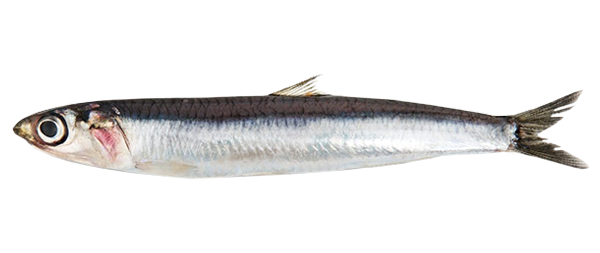 1
1
Anchoveta
4.9 million tonnes caught
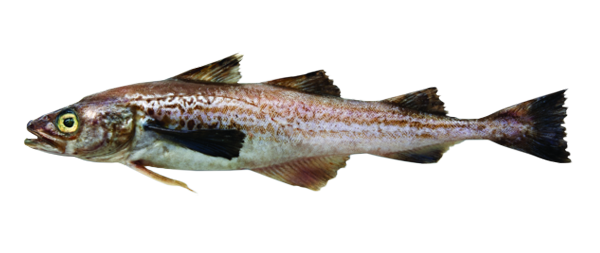 2
2
Alaska pollock
3.5 million tonnes caught
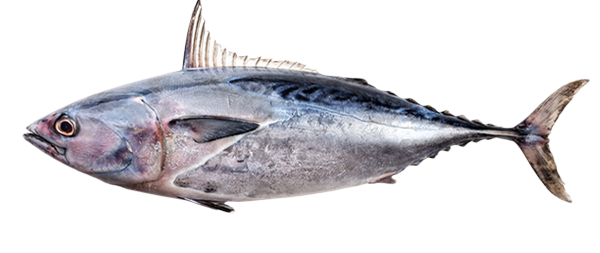 3
3
Skipjack tuna
2.8 million tonnes caught
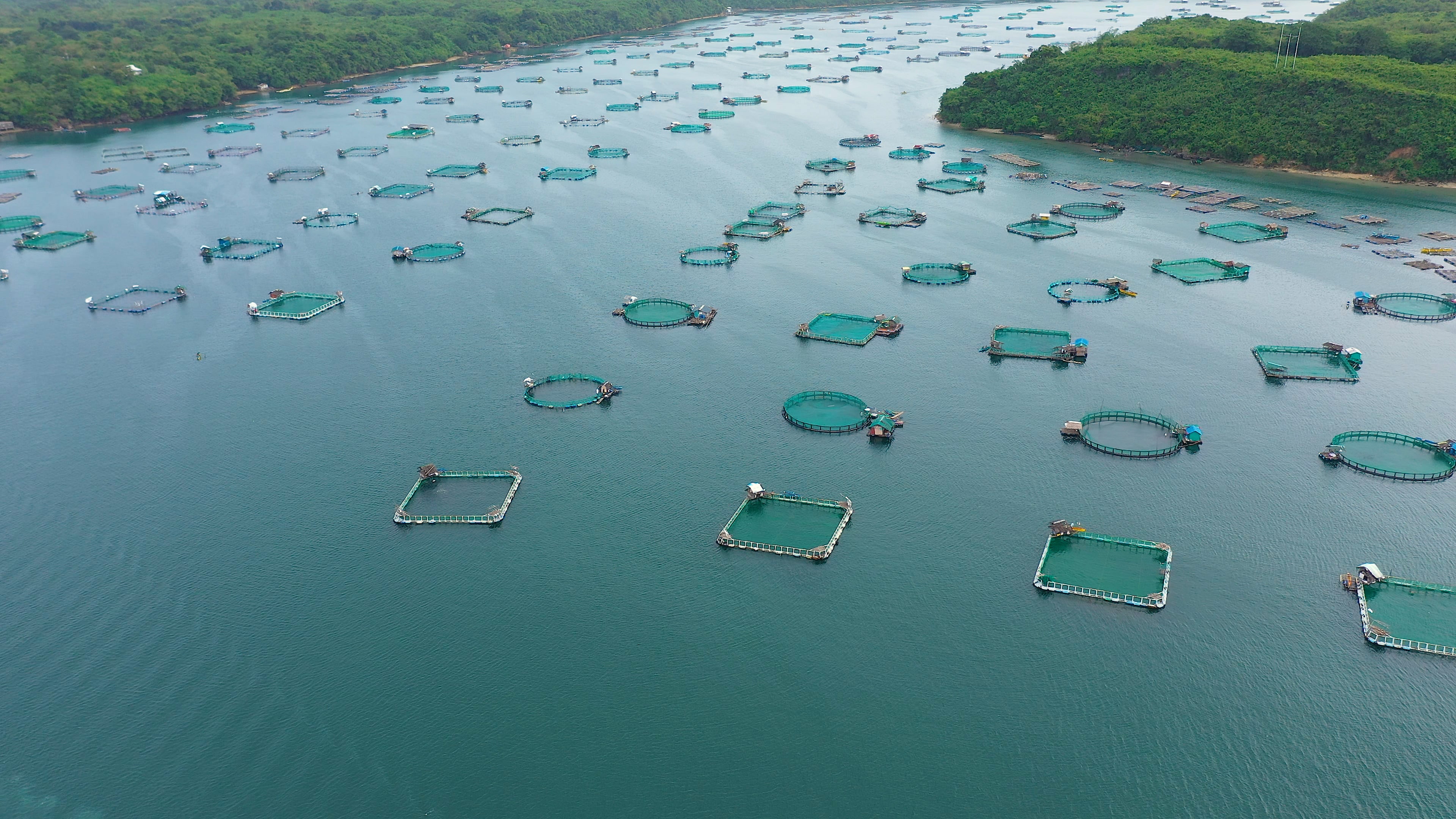
©FAO/Luis Tato
Aquaculture production
Global aquaculture production continued to grow in 2020 amid the worldwide spread of the COVID-19
pandemic.
Aquaculture production consisted of:
- 87.5 million tonnes of aquatic animals mostly for use as human food.
- 35.1 million tonnes of seaweeds and other algae for both food and non-food uses.
- 700 tonnes of shells and pearls for ornamental use.
World aquaculture production, 1990 -2020
- Finfish – Inland aquaculture
- Finfish – Marine & coastal
aquaculture
- Crustacean – Inland aquaculture
- Crustacean – Coastal aquaculture
- Molluscs
- Other aquatic animals
- Aquatic algae
NOTE: Data exclude shells and pearls.
SOURCE: FAO.
At the regional level, the annual output of African aquaculture (excluding algae) contracted slightly
- down 1.2 percent in 2020 compared with 2019. This was mainly due to the drop in production in
Egypt, Africa’s major producer. In Nigeria, sub-Saharan Africa’s largest producer, the declining
trend in output evident since 2016 decreased a further 9.6 percent in 2020.
Aquaculture in the rest of Africa grew by 14.5 percent reaching 396 700 tonnes in 2020 from 346 400
tonnes in 2019.
All other regions experienced continued growth in 2020. Chile, China and Norway – the top producers
in the Americas, Asia and Europe – all saw growth in 2020, offsetting the decreased output in some
countries in their respective regions.
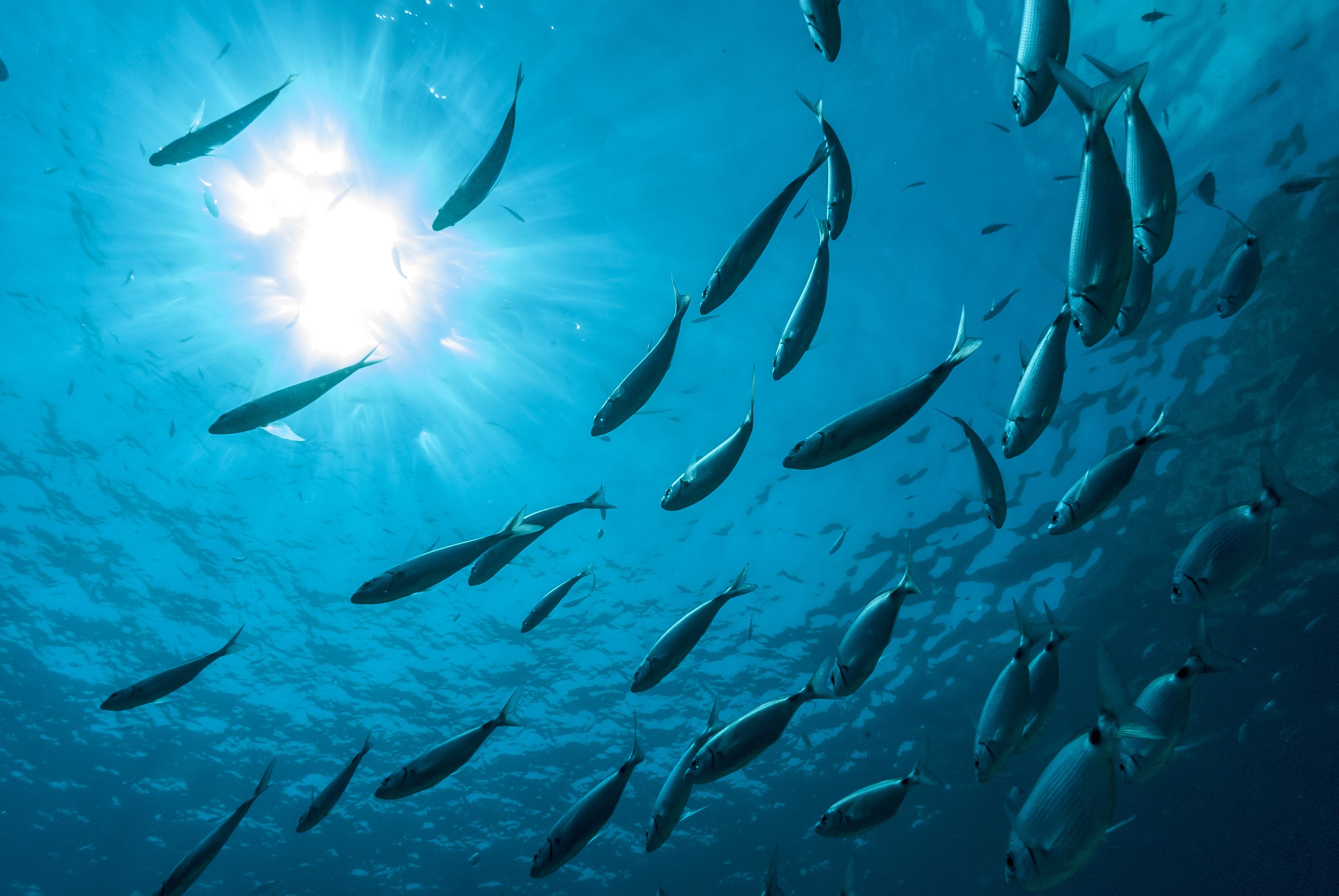
© FAO/Kurt Arrigo
The status of fishery resources
In 2019, the fraction of fish stocks sustainably fished decreased to 64.6 percent, that is 1.2
percent lower than in 2017. This worsening trend in the percentage of overfished stocks (by number)
should not detract from the fact that sustainably fished stocks provided 82.5 percent of the total
2019 fish landings. That’s a 3.8 percent increase since 2017 and demonstrates larger stocks are
being managed more effectively.
However, the decreasing trend over time is cause for concern, and demands effective and urgent action
to ensure all fisheries are sustainable.
Overfishing not only causes negative impacts on our resources and our ecosystems , but also reduces
much needed food production and results in negative social and economic consequences.
Global trends in the state of the world’s marine stocks, 1974-2019
- Underfished
- Maximally sustainably fished
- Overfished
SOURCE: FAO.
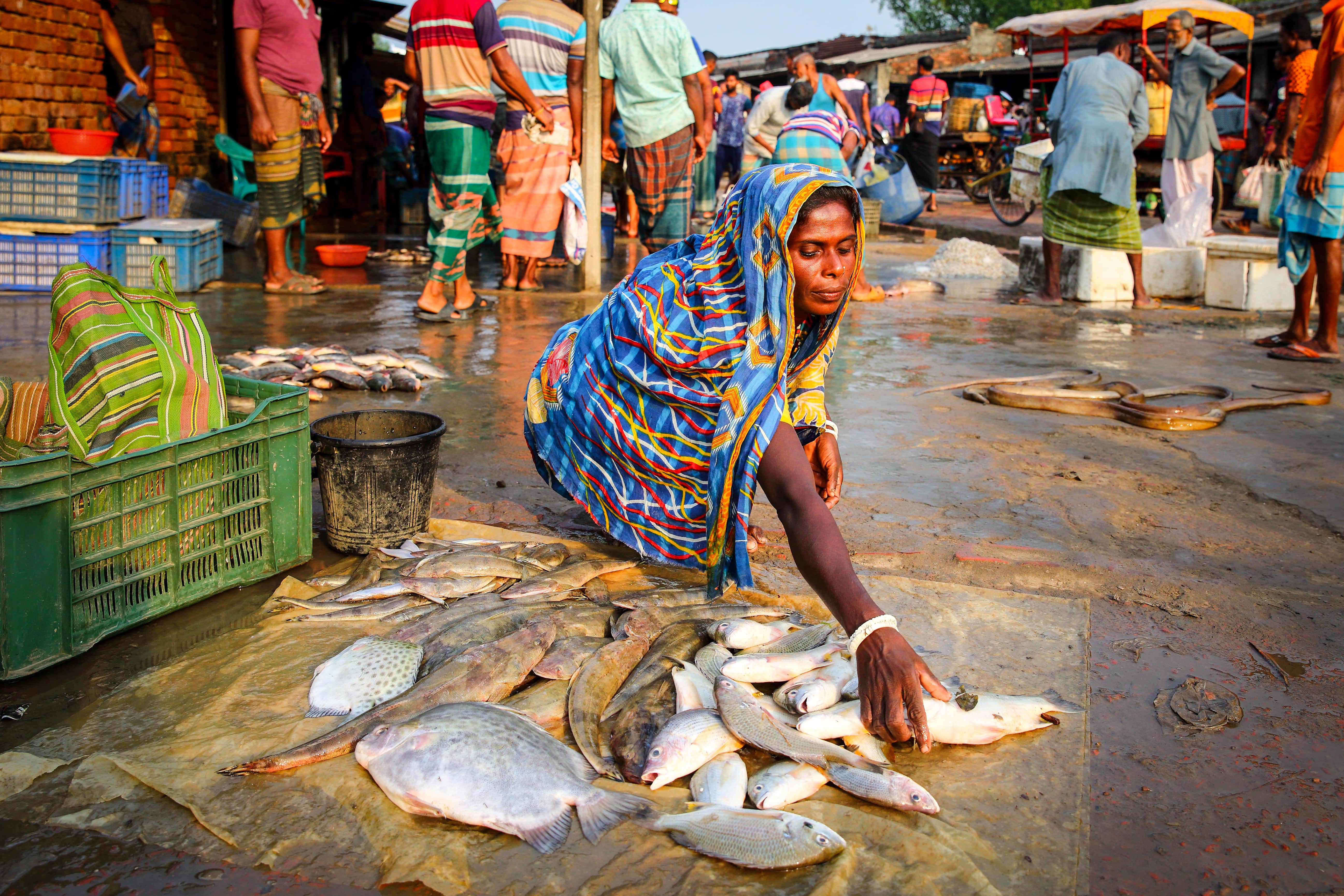
© FAO/GMB Akash
Employment in fisheries and aquaculture
In 2020, an estimated 58.5 million people were employed in the primary fisheries and aquaculture
sector. The numbers have stabilized in the aquaculture sector while the number of fishers has
fallen, particularly due to trends in Asia. Of those directly employed, approximately 21 percent
were women, rising to about 50 percent for those employed full-time in the entire aquatic value
chain, including post-harvest activities. Taking account of dependents, it is estimated that 600
million people rely on the fisheries and aquaculture sector for their livelihoods.
The impact of the COVID-19 pandemic on employment was felt throughout the fisheries and aquaculture
value chain. It varied depending on the country and the season as the virus and its variants moved
across continents.
Regional share of employment in the primary sector of fisheries and aquaculture
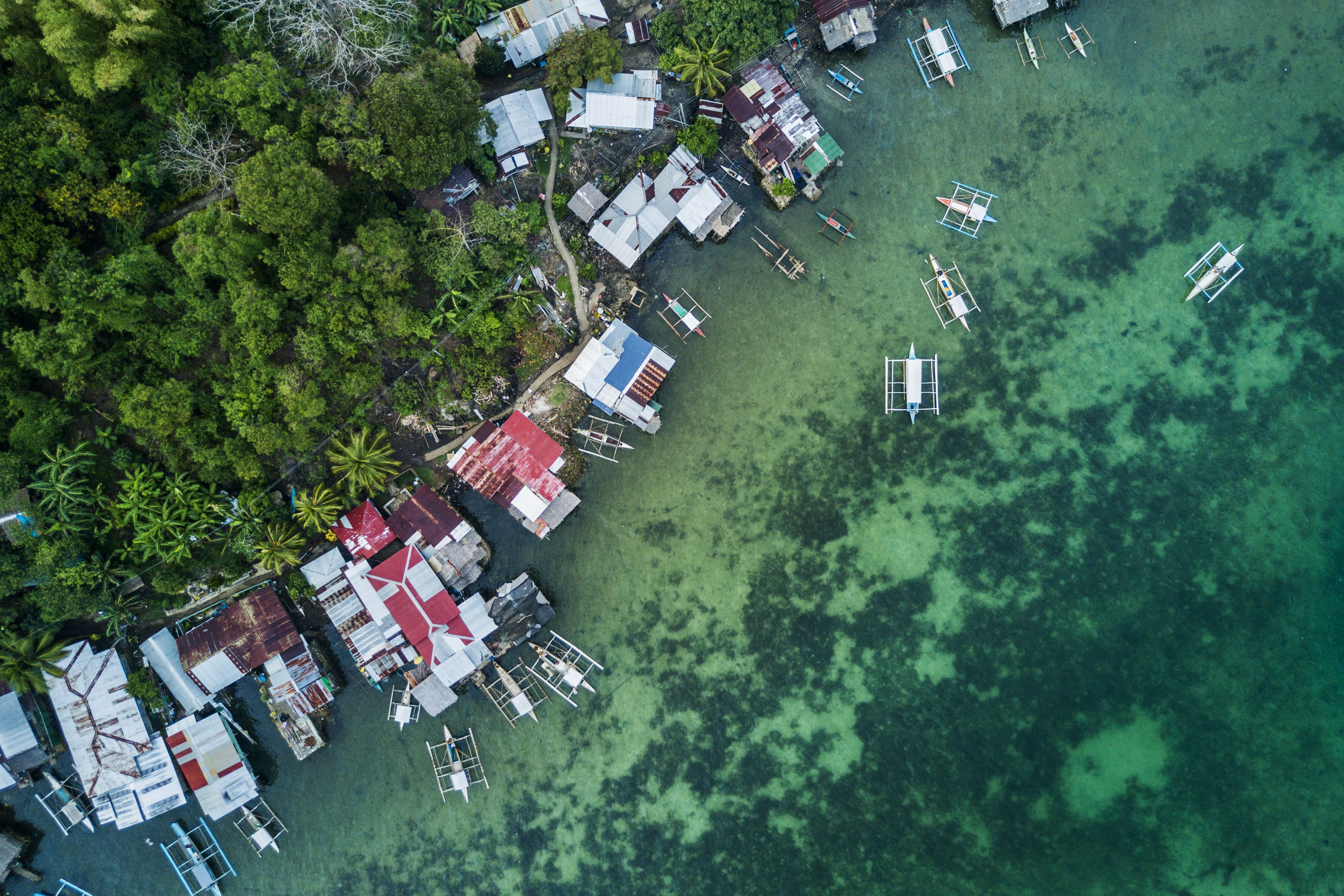
© FAO/David Hogsholt
How do we begin the blue transformation?
Aquatic food systems are under pressure. The global population is growing and food production often
comes at the expense of the environment, while COVID-19, biodiversity loss and climate change add
additional pressures. So, what is the solution?
The ‘Blue Transformation’ initiative provides a vision to expand aquatic food systems and increase
their contribution to feeding the world’s growing population by fostering equitable and sustainable
growth and gender equality.
Through Blue Transformation, FAO is ready to provide existing and emerging knowledge and tools to
Members and partners and build capacity to maximize the contribution of aquatic food systems to food
security, nutrition and affordable healthy diets, ensuring the achievement of the Sustainable
Development Goals.
Blue Transformation has three main objectives:
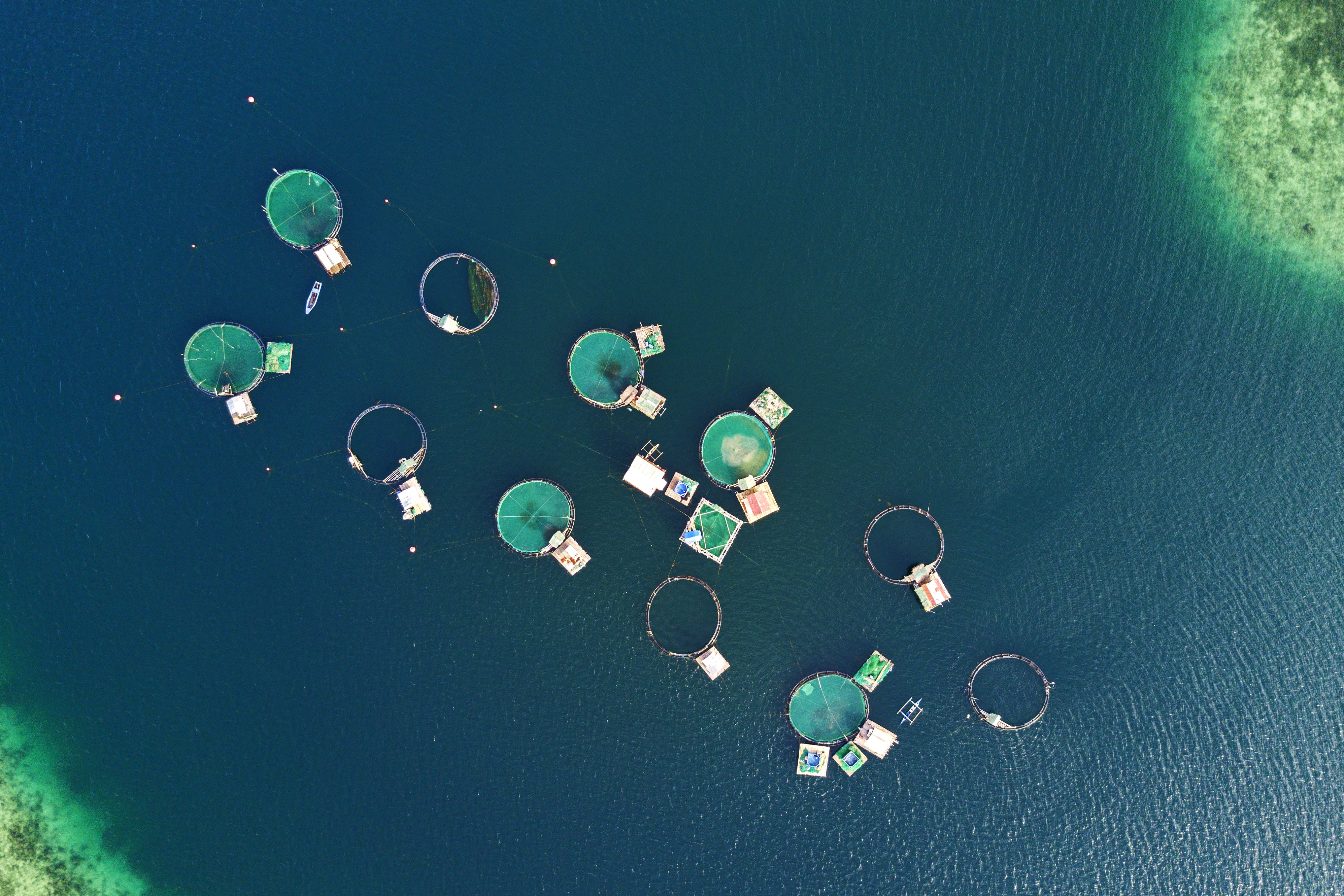
© FAO/David Hogsholt
1) Sustainable aquaculture intensification and expansion
In the next ten years, aquaculture must expand sustainably to satisfy the growing demand for aquatic
foods while generating new or securing existing sources of income and employment. This requires
effective governance frameworks, technological innovations, investment opportunities and value chain
developments.
The aim is to increase global aquaculture production from between 35 percent and 40 percent by 2030,
according to national and regional contexts.
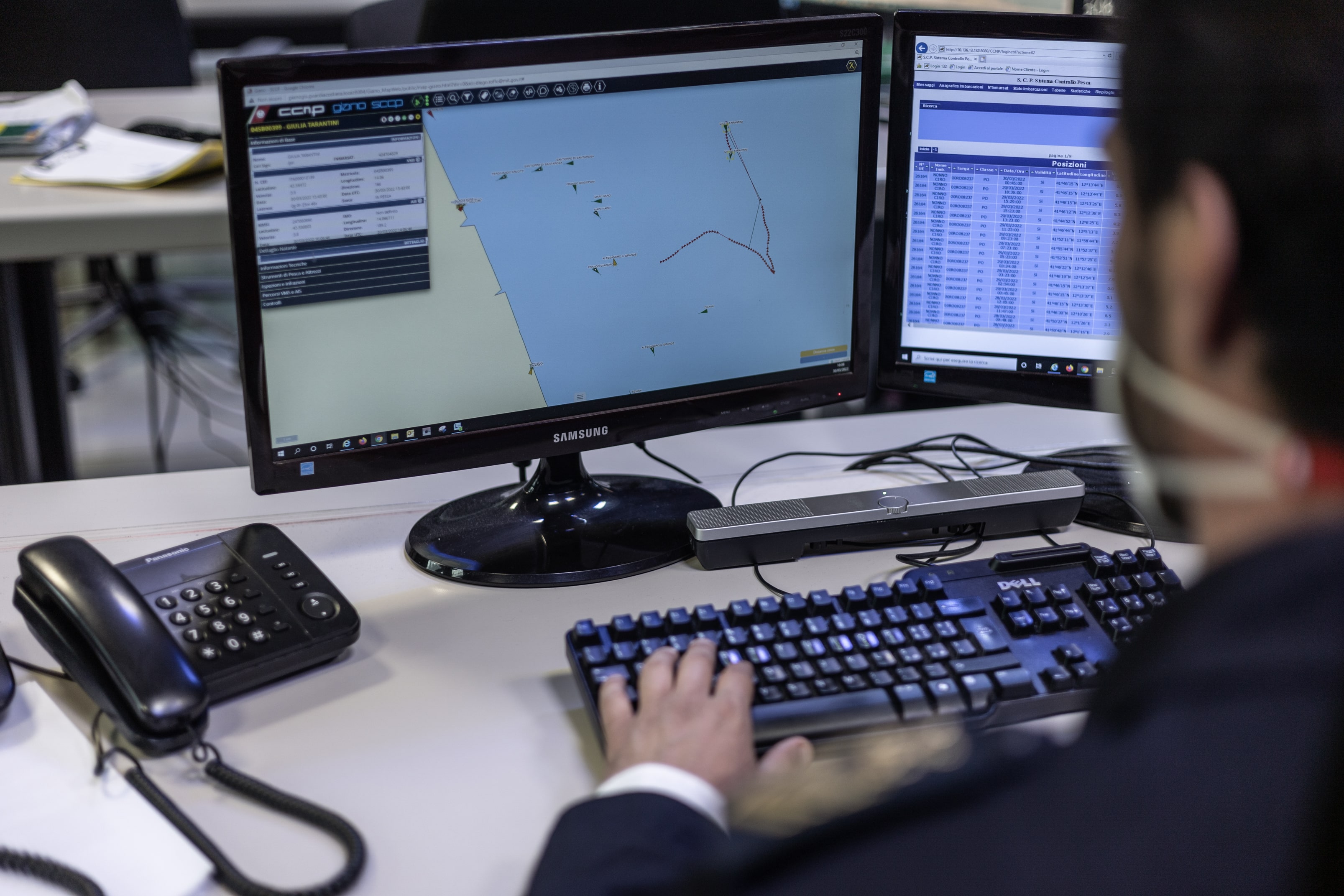
© FAO/Cristiano Minichiello
2) Effective management of all fisheries
FAO and its partners must apply and share effective, ecosystem-based fisheries management systems
that restore ecosystems to a healthy, productive state, while rebuilding exploited resources.
The objective is to ensure fish stocks are kept at levels which produce their maximum sustainable
yield and do so by ensuring that 100 percent of fisheries and aquatic habitats are under effective
management.
This would include action to build global capacity to regularly collect and evaluate data to support
decision-making, particularly in regions with limited data and poor capacity. This would also
strengthen social outcomes, promote equitable livelihoods and secure access of small producers to
resources and services.
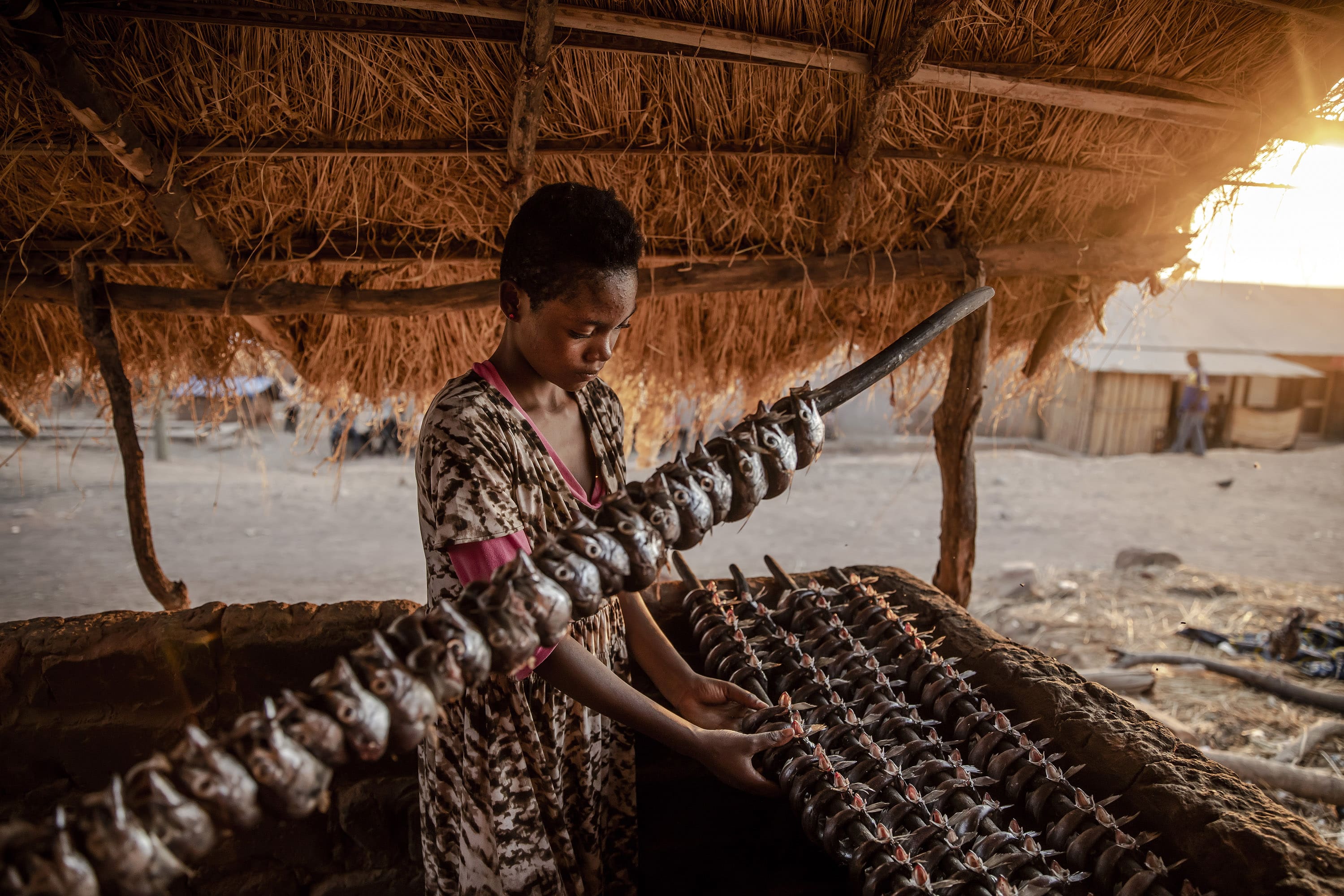
© FAO/Luis Tato
3) Upgraded food chains
Through upgraded value chains, public and private actors, including consumers, can reduce loss and
waste, enhance traceability and transparency, facilitate trade and improve access to lucrative
markets.
The promotion of healthy diets and the inclusion of aquatic foods in national food security and
nutrition strategies are also critical, and require initiatives that improve consumer awareness and
increase the availability of healthy, safe and nutritious aquatic foods for all.
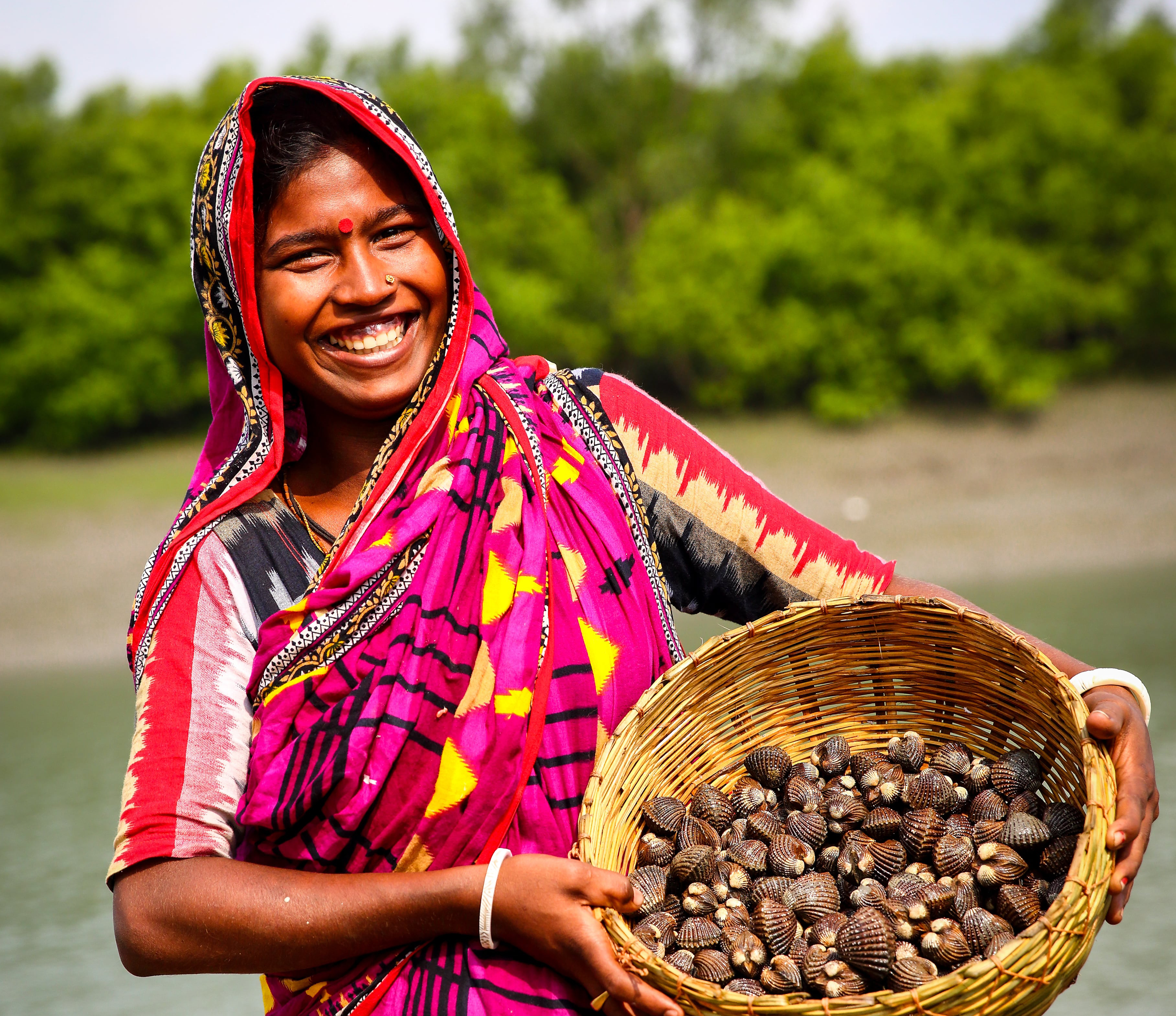
© FAO/GMB Akash
Time to dive deeper
Aquatic systems have great potential to support millions of lives and livelihoods and contribute to
food security. If positively transformed and expanded, they can meet the twin challenge of feeding a
growing population while preserving natural resources and the ecosystems that sustain them.
Blue Transformation is a visionary strategy, which aims to enhance the role of aquatic food systems
by providing the legal, policy and technical frameworks required to sustain growth and innovation.
Blue Transformation proposes a series of actions designed to support resilience in aquatic food
systems and ensure fisheries and aquaculture grow sustainably, while leaving no one behind,
especially food deficit communities and those that depend on the sector.
Climate and environment-friendly policy and practices, as well as technological innovations, are
critical building blocks for Blue Transformation.
The State of World Fisheries and Aquaculture: Towards Blue Transformation explores in detail
the actions we need to take to make the ideal vision of sustainable aquaculture and fisheries a
reality.












